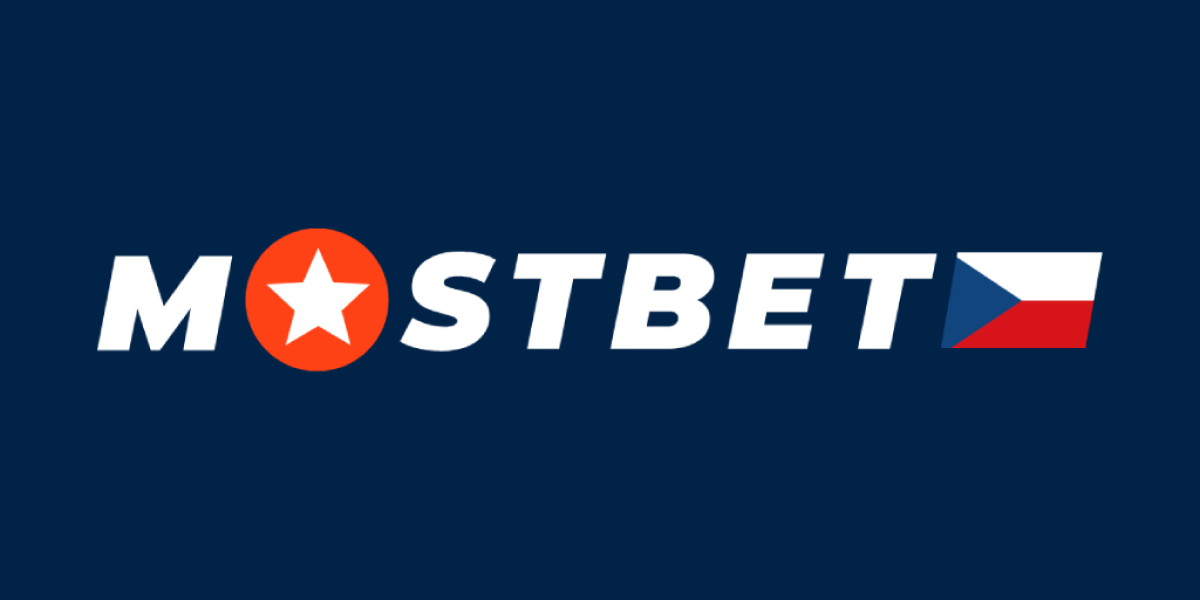Deciding how to exit a brand is a defining moment for entrepreneurs. After years of building products, winning customers, and scaling operations, the question becomes how to maximize both financial return and personal goals. Some founders choose to sell directly to private buyers or investors, while others are approached by specialized acquisition firms offering quicker deals.
Understanding whether to partner with e commerce aggregators or pursue direct sales requires a deep look at valuation, control, and long-term implications. Each option carries opportunities and risks that every brand owner should carefully evaluate before making a move.
How Aggregators Approach Acquisitions
Aggregators are firms built to acquire and scale online brands, particularly those already operating profitably on platforms like Amazon or Shopify. They seek businesses with consistent demand, strong supply chains, and growth potential that can be expanded with their operational expertise.
- Speed of acquisition: Aggregators are often structured to move quickly. Once a brand meets their criteria, they can complete a purchase faster than traditional buyers.
- Standardized processes: These firms rely on defined playbooks for valuation and integration, which means negotiations may feel more structured and less flexible.
- Long-term scaling: Aggregators expect to run multiple brands simultaneously, creating efficiencies in marketing, logistics, and supply chains that individual owners may not access.
Benefits of Selling Direct to Buyers
Direct buyers include private equity firms, family offices, or individual entrepreneurs looking for ownership opportunities. Unlike aggregators, they may approach deals with more flexibility and unique structures.
- More negotiation room: Direct buyers often tailor deals around seller preferences, such as partial exits, advisory roles, or staged payments.
- Broader motivations: Some buyers are interested in diversification, legacy, or personal interest in the brand’s mission, leading to different kinds of offers.
- Potentially higher multiples: When multiple buyers compete, owners may receive stronger valuations compared to aggregator offers designed around strict metrics.
Comparing Valuation Models
Valuation is often the central factor when deciding between aggregators and direct buyers. Both approaches use revenue, profit margins, and growth projections, but their methods differ.
- Aggregators usually rely on formulas tied to earnings before interest, taxes, depreciation, and amortization (EBITDA). Their offers reflect market averages rather than emotional value.
- Direct buyers may be willing to pay a premium if the brand aligns with their personal or strategic vision. This can push valuations beyond what aggregators typically offer.
- The trade-off is certainty versus potential. Aggregators deliver predictable offers, while direct buyers may provide higher valuations but involve longer negotiations.
Control During and After the Exit
Some sellers want a clean break, while others prefer to remain involved for a transition period. The choice between aggregators and direct buyers often shapes this outcome.
- Aggregators typically require founders to step back quickly, allowing their teams to take over operations. This suits owners seeking a fast exit.
- Direct buyers may encourage founders to remain temporarily as advisors, ensuring smoother knowledge transfer. This appeals to sellers who care about brand legacy.
- Owners must decide whether immediate freedom or continued influence is more valuable in their personal journey.
Risks of Working With Aggregators
While aggregators offer speed and efficiency, their structured models create certain risks that sellers must consider.
- Lower flexibility: Sellers may find negotiations rigid, as aggregators stick to proven templates. This can limit options for deal customization.
- Volume-driven approach: Since aggregators buy multiple brands, the individual brand may not receive special attention after the acquisition.
- Market dependency: Aggregators rely on raising capital from investors. If funding slows, sellers may face reduced valuations or delayed deals.
Risks of Selling Direct
Selling directly to private buyers also comes with challenges. These risks must be understood before committing to negotiations.
- Longer timelines: Individual buyers or firms may take months to complete due diligence, creating uncertainty for sellers.
- Deal collapse risk: Without standardized processes, direct negotiations sometimes fall apart after significant time investment.
- Dependency on fewer offers: In some cases, owners receive only one or two serious offers, limiting their bargaining power.
Which Path Fits Your Goals?
The decision ultimately depends on what the seller values most. By comparing objectives with the strengths of each path, brand owners can align strategy with outcome.
- If speed and certainty matter most, aggregators may provide the best solution. Their structured approach means predictable deals and faster exits.
- If maximizing value and maintaining some influence matter, direct buyers may be a better match. Their flexibility allows for creative deal structures and potentially stronger valuations.
- Owners must weigh lifestyle priorities, market conditions, and business performance before committing to either option.
Practical Steps Before Deciding
Regardless of which path feels appealing, sellers should prepare their businesses in ways that make them attractive to any type of buyer.
- Clean financial records: Transparent accounting builds trust and supports higher valuations. Buyers want confidence that numbers reflect reality.
- Strengthen operations: Reliable supply chains, reduced dependency on single channels, and clear processes increase buyer confidence.
- Build customer loyalty: Demonstrating repeat purchase behavior and strong brand identity makes businesses stand out in crowded markets.
- Seek professional advice: Mergers and acquisitions advisors can provide guidance, benchmark valuations, and introduce potential buyers or aggregators.
Conclusion
Choosing between aggregators and direct buyers is not just about valuation—it is about aligning the exit with your long-term vision. Aggregators bring efficiency and speed but may lack flexibility, while direct buyers often offer more personal deals that take longer to finalize. The best choice comes from understanding your business’s strengths, market conditions, and personal goals.
For any Consumer product company weighing an exit, the smartest approach is preparation. By ensuring strong operations, transparent financials, and a clear growth story, sellers can confidently decide which path delivers the right balance of value, control, and long-term satisfaction.

















